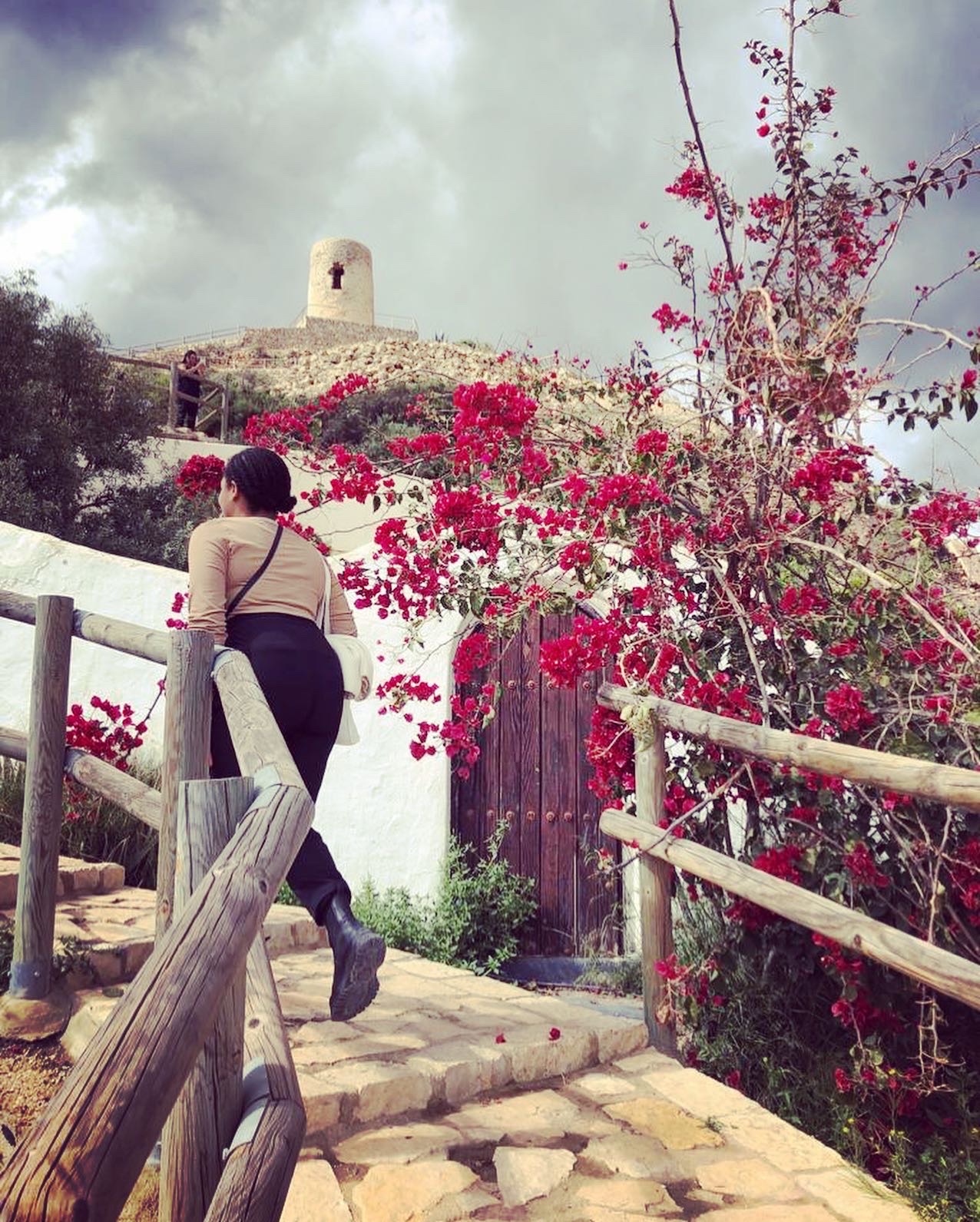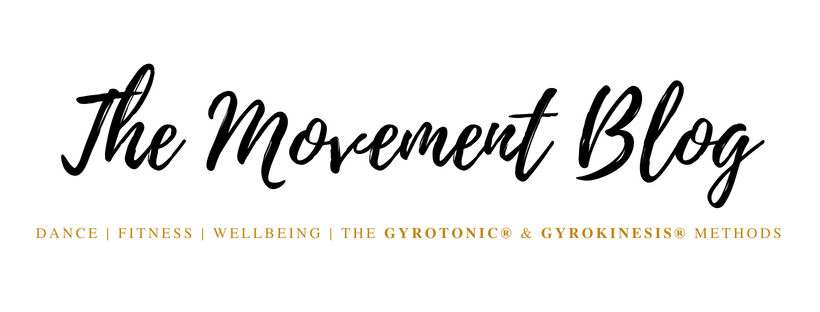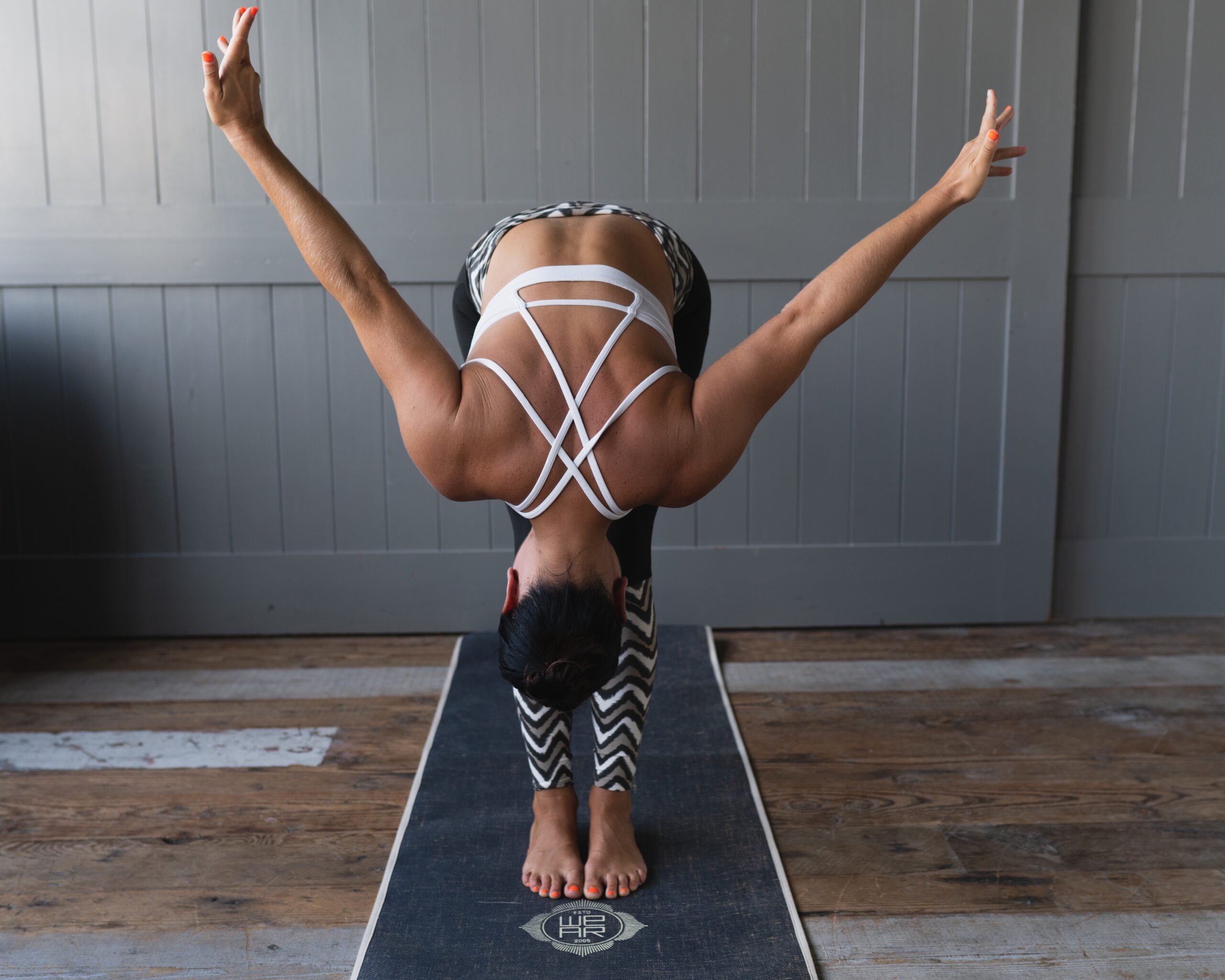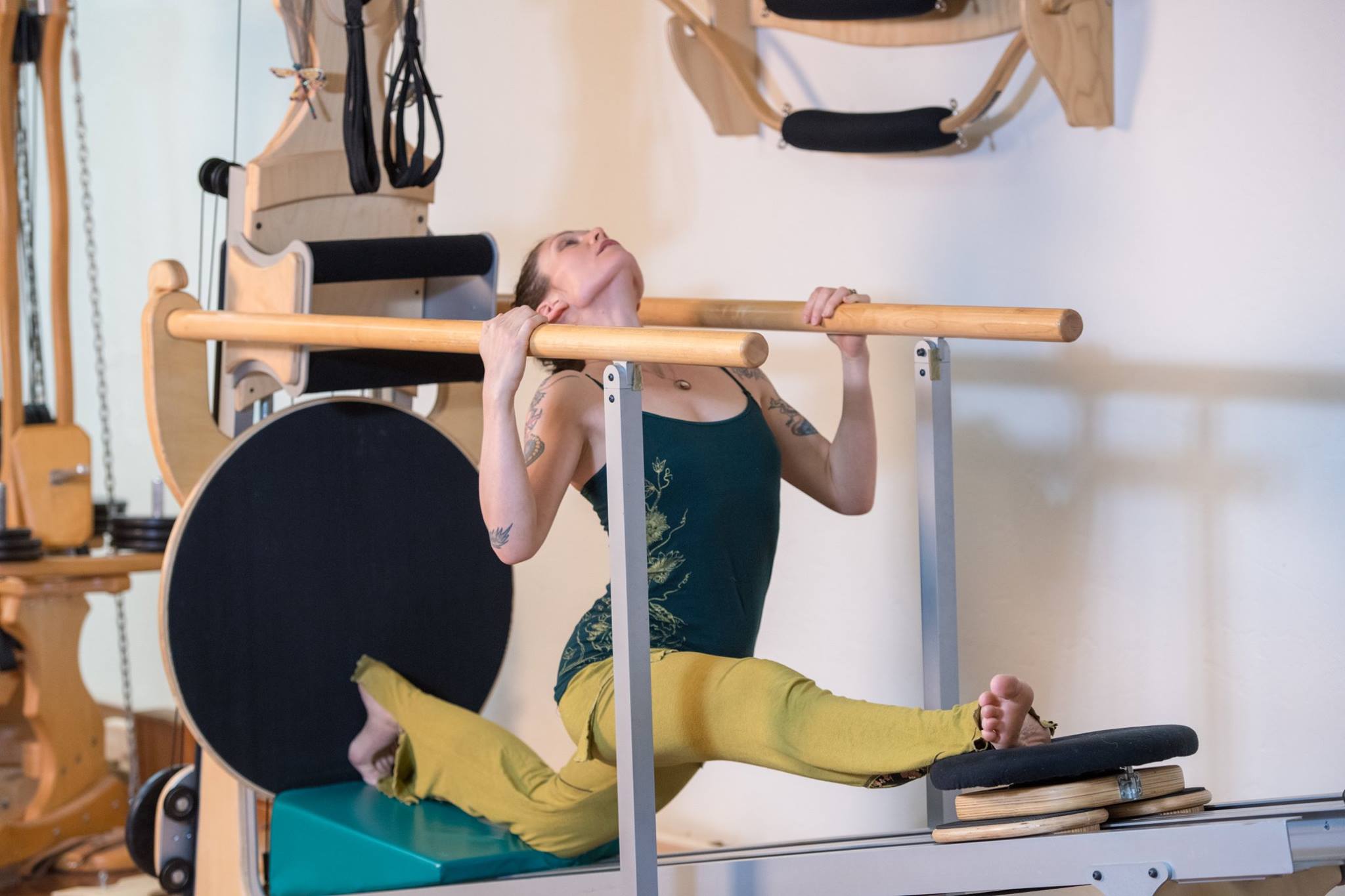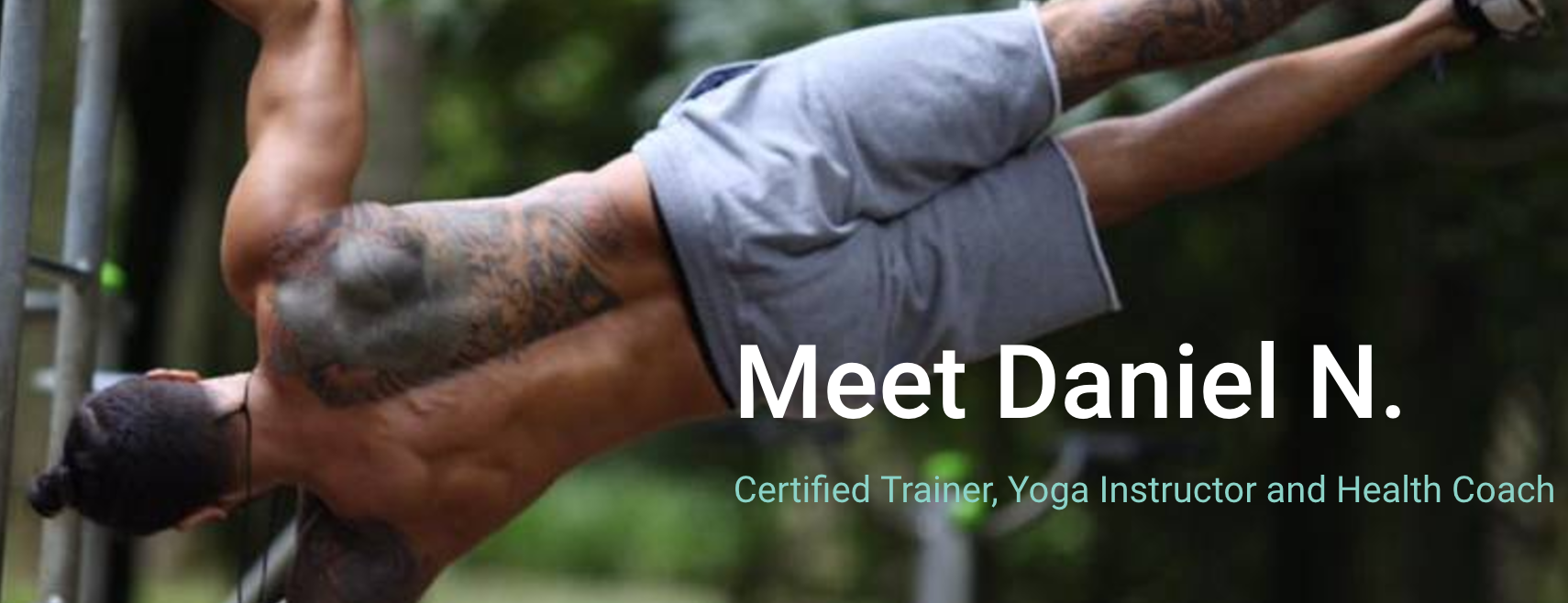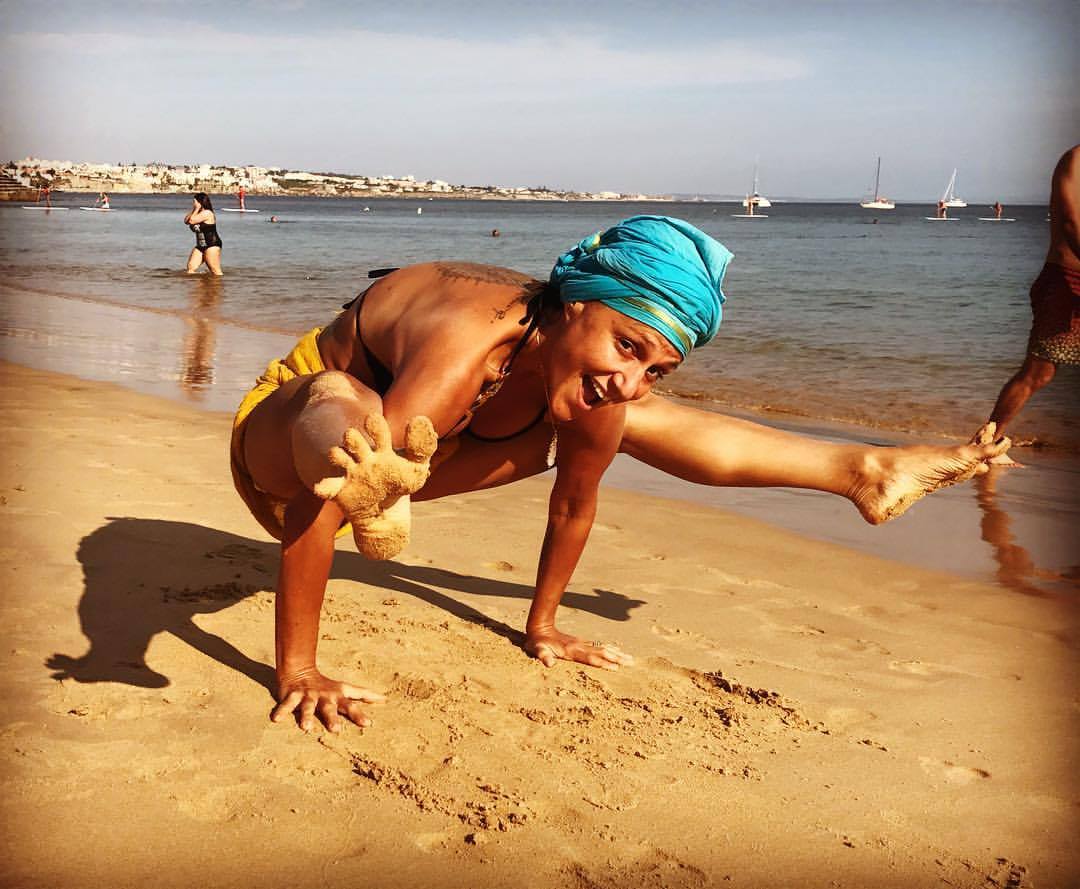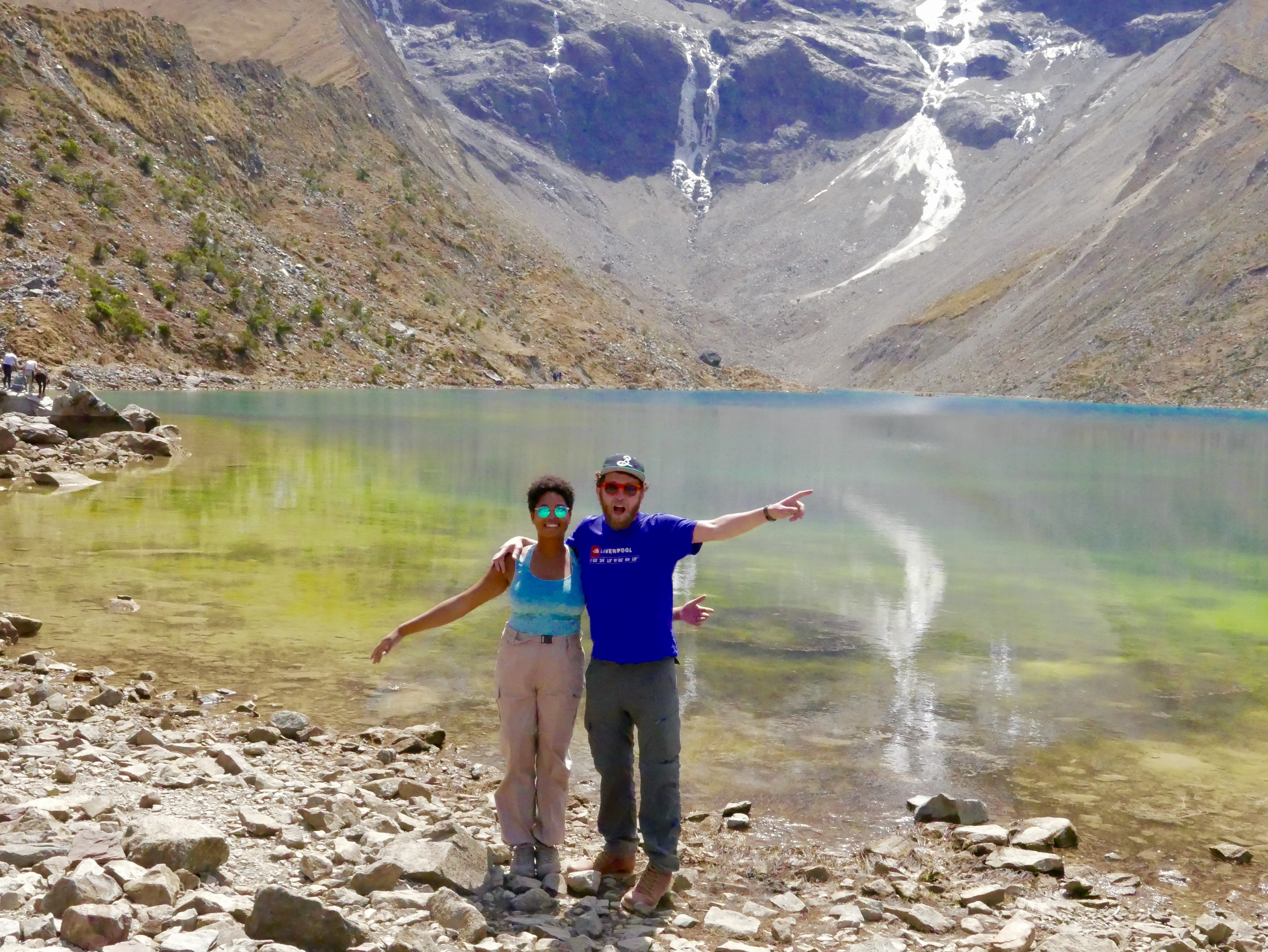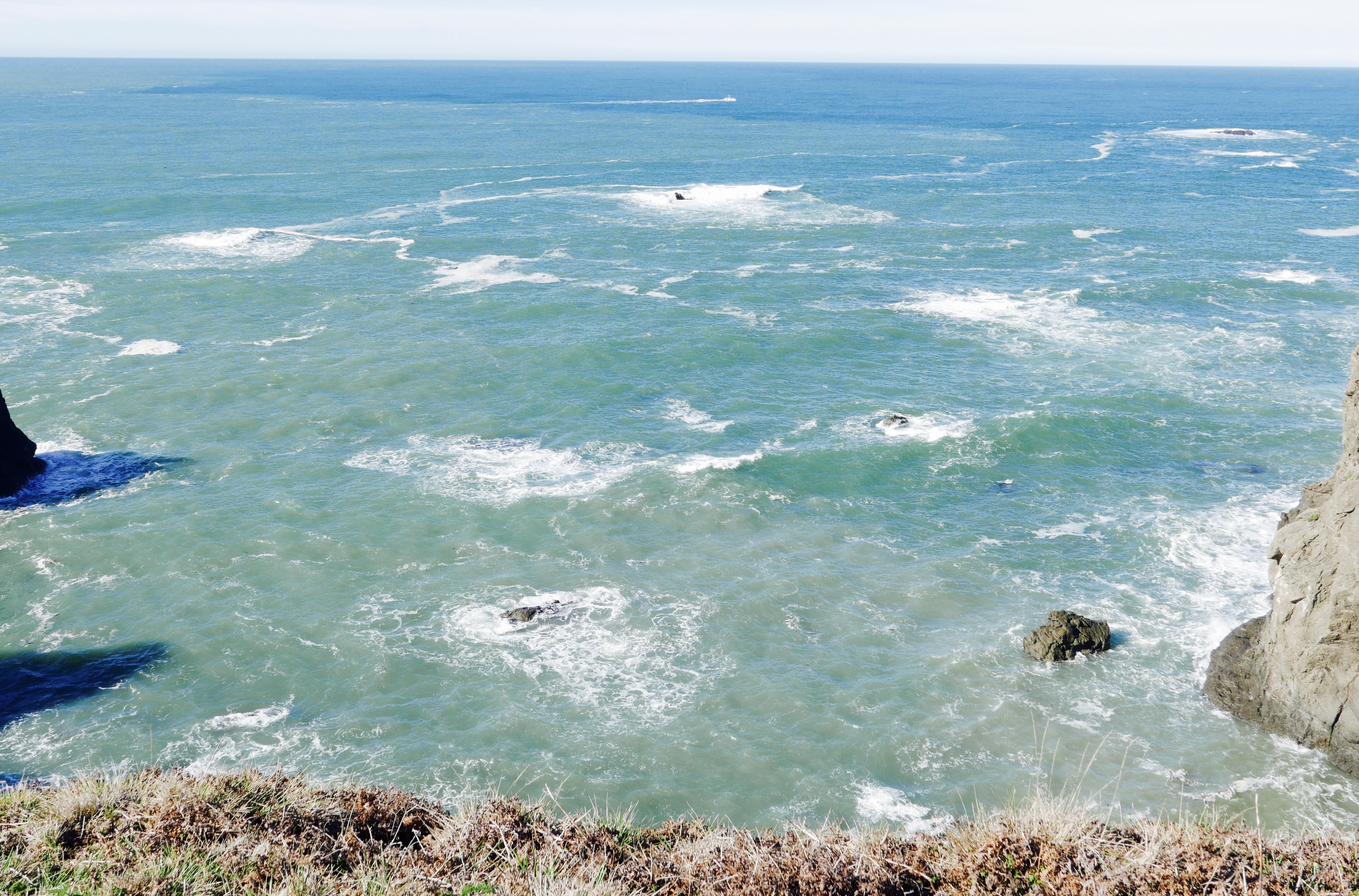I hosted a movement and wellness weekend called Spring Reset at Finca Del Alamo in Almería, Spain back in March 2022, and I’m still basking in its gloriousness. Since January, I’ve been compiling songs to help me visualize the look, the feel, and the space: from waking up in the morning to preparing for class, …
